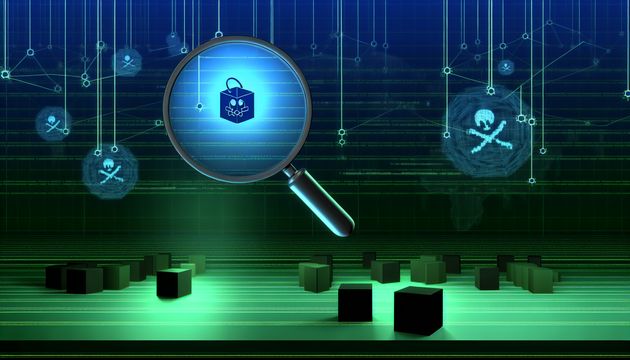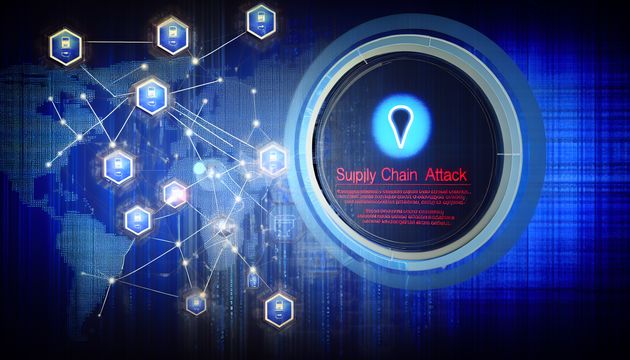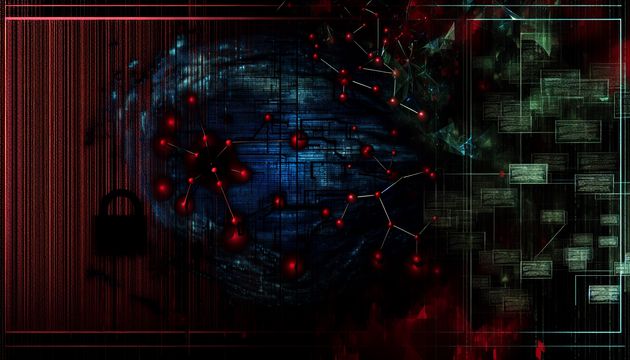
Understanding the CVE-2025-24054 Vulnerability: A Critical Threat to Windows Systems
The discovery of the CVE-2025-24054 vulnerability in Windows systems has sent ripples through the cybersecurity community. This critical flaw allows attackers to leak NTLM hashes with minimal user interaction, posing a significant threat to both government entities and private companies. The vulnerability can be exploited simply by navigating to a folder containing a specially crafted .library-ms file, which triggers an SMB authentication process, leaking sensitive NTLMv2-SSP hashes to an attacker-controlled server. This flaw has been actively exploited in phishing campaigns, particularly targeting government organizations (BleepingComputer).
Since the release of a Microsoft patch in March 2025, multiple campaigns have been documented, with phishing emails crafted to deceive targets into downloading malicious attachments. These campaigns have been observed in countries like Poland and Romania, highlighting the global reach and sophistication of these attacks (Help Net Security).
CVE-2025-24054: A Critical Windows NTLM Vulnerability
Exploitation Mechanism
The CVE-2025-24054 vulnerability in Windows systems is a critical flaw that allows attackers to leak NTLM hashes through minimal user interaction. This vulnerability is particularly dangerous because it can be triggered by simply navigating to a folder containing a specially crafted .library-ms file. This action initiates an SMB authentication process, which leaks sensitive NTLMv2-SSP hashes to an attacker-controlled server. The exploitation of this vulnerability has been observed in phishing campaigns targeting government entities and private companies (BleepingComputer).
Attack Campaigns and Observations
Since the release of the Microsoft patch on March 11, 2025, Check Point Research has documented approximately 10 campaigns exploiting CVE-2025-24054. These campaigns primarily aim to retrieve NTLMv2-SSP hashes from victims. Notably, the phishing emails used in these attacks are carefully crafted to deceive targets into downloading attachments containing the exploit files (Help Net Security).
The campaigns have been observed targeting organizations in Poland and Romania, with the first known campaign occurring around March 20-21, 2025. The malicious archive used in these attacks, named xd.zip, contains four files designed to harvest NTLMv2 hashes: xd.library-ms, xd.url, xd.website, and xd.lnk (Infosecurity Magazine).
Technical Details and Impact
CVE-2025-24054 is characterized by external control of file name or path in Windows NTLM, allowing unauthorized attackers to perform spoofing over a network. The vulnerability has been assigned a CVSS V3.1 score of AV:N/AC:L/PR:N/UI:R/S:U/C:H/I:N/A:N, indicating high confidentiality impact and low complexity for exploitation (NVD).
Exposing a user’s NTLMv2-SSP hash enables attackers to obtain the user’s password through brute force or perform relay attacks. If the compromised account has high privileges and lacks proper mitigations, such as SMB signing and NTLM relay protections, this could lead to lateral movement, privilege escalation, or even full domain compromise (Check Point Research).
Mitigation Strategies
Despite the medium severity rating initially assigned to CVE-2025-24054, its potential consequences are grave, warranting immediate attention. Organizations are advised to install the March 2025 updates and disable NTLM authentication if it is not required. Additionally, implementing SMB signing and NTLM relay protections can mitigate the risk of exploitation (BleepingComputer).
Microsoft has deprecated all NTLM versions and urged users to switch to Kerberos for authentication. This transition is crucial for enhancing security, as NTLM vulnerabilities continue to be exploited rapidly by attackers (Help Net Security).
Attribution and Threat Actors
The servers collecting stolen credentials have been located in Russia, Bulgaria, the Netherlands, Australia, and Turkey. One server, associated with IP address 159.196.128[.]120, was previously flagged by HarfangLab in connection to APT28 (Fancy Bear), though no direct attribution has been confirmed for this campaign (Infosecurity Magazine).
The rapid exploitation of CVE-2025-24054 underscores the growing sophistication of cyberattacks and the urgency for prompt patching and vigilance. Attackers continually adapt to find new ways to exploit weaknesses, emphasizing the need for a proactive approach to patch management and network security (LA-Cyber).
Broader Implications
The exploitation of CVE-2025-24054 highlights the persistent threat posed by NTLM vulnerabilities. Despite Microsoft’s efforts to address these issues, attackers have demonstrated their ability to quickly weaponize newly discovered flaws. This situation underscores the importance of continuous monitoring and updating of security protocols to protect against evolving threats (UNDERCODE NEWS).
In conclusion, CVE-2025-24054 represents a significant risk to enterprise security, particularly due to its ability to facilitate credential theft and subsequent lateral movement within networks. Organizations must prioritize patching and consider transitioning to more secure authentication protocols to mitigate the impact of such vulnerabilities.



